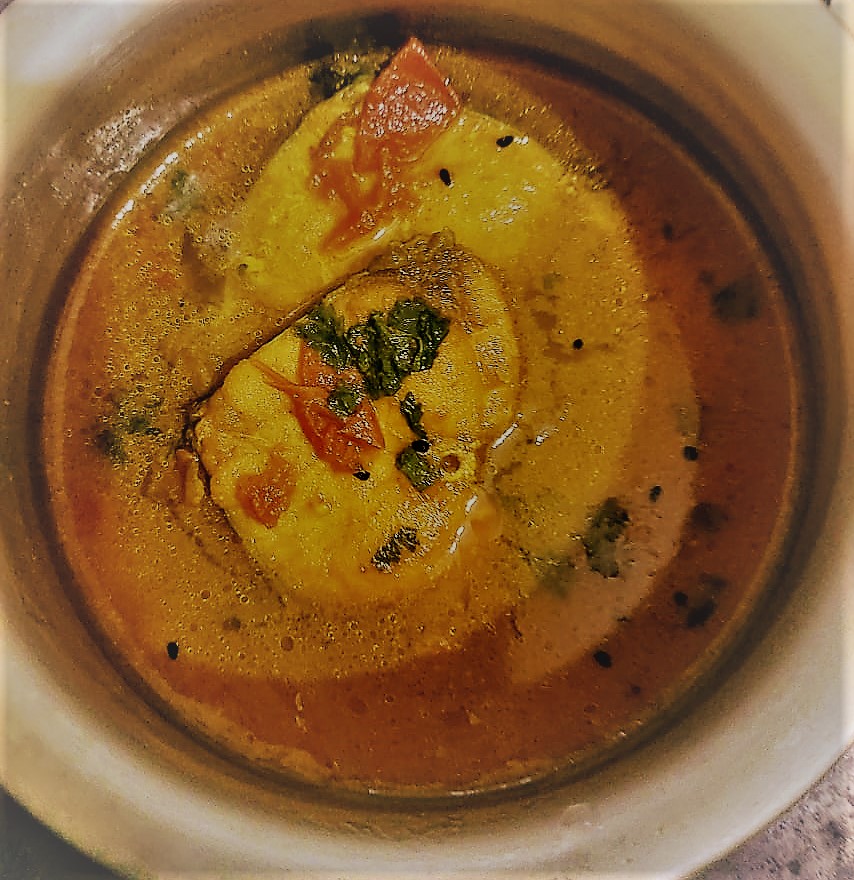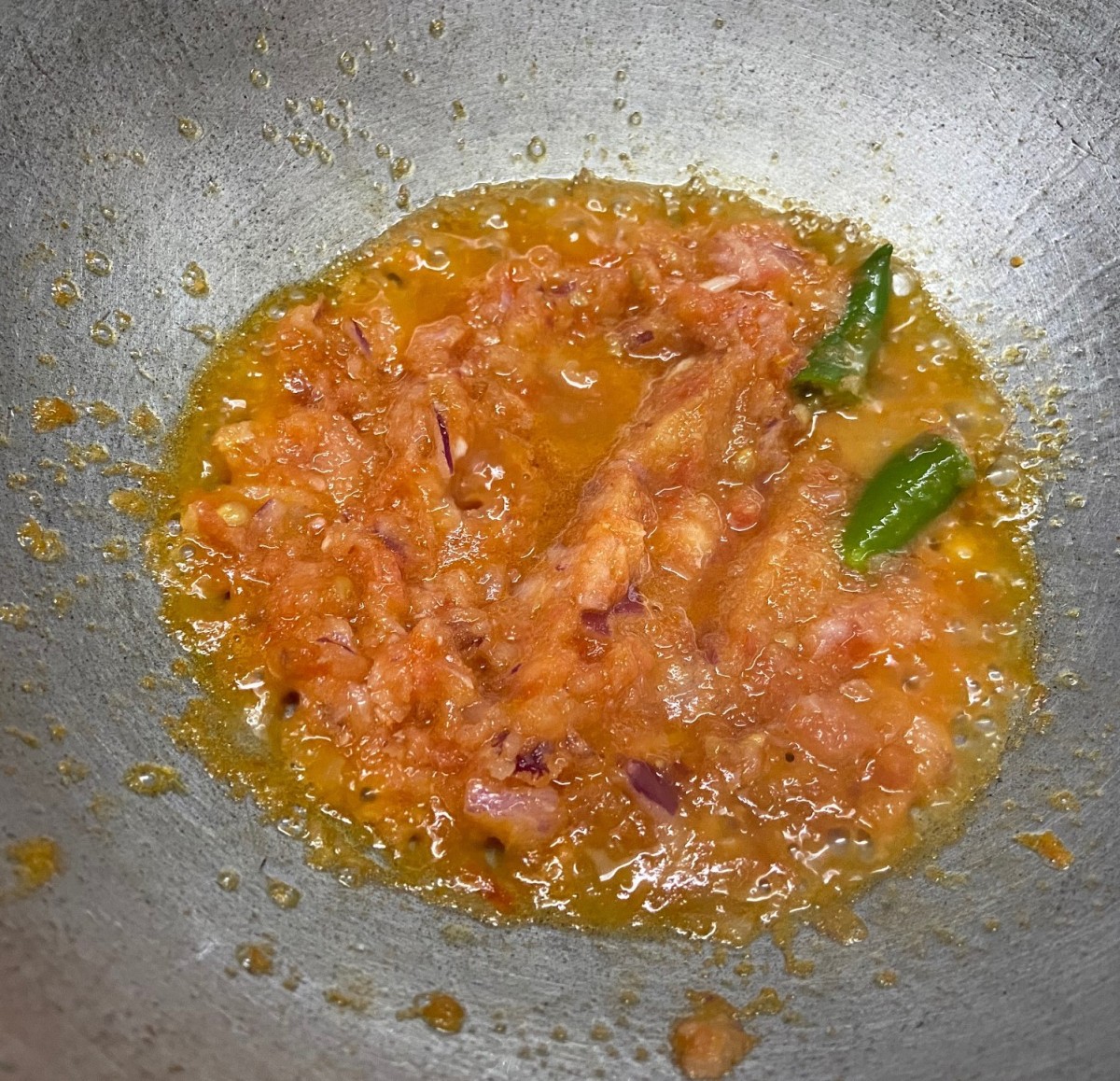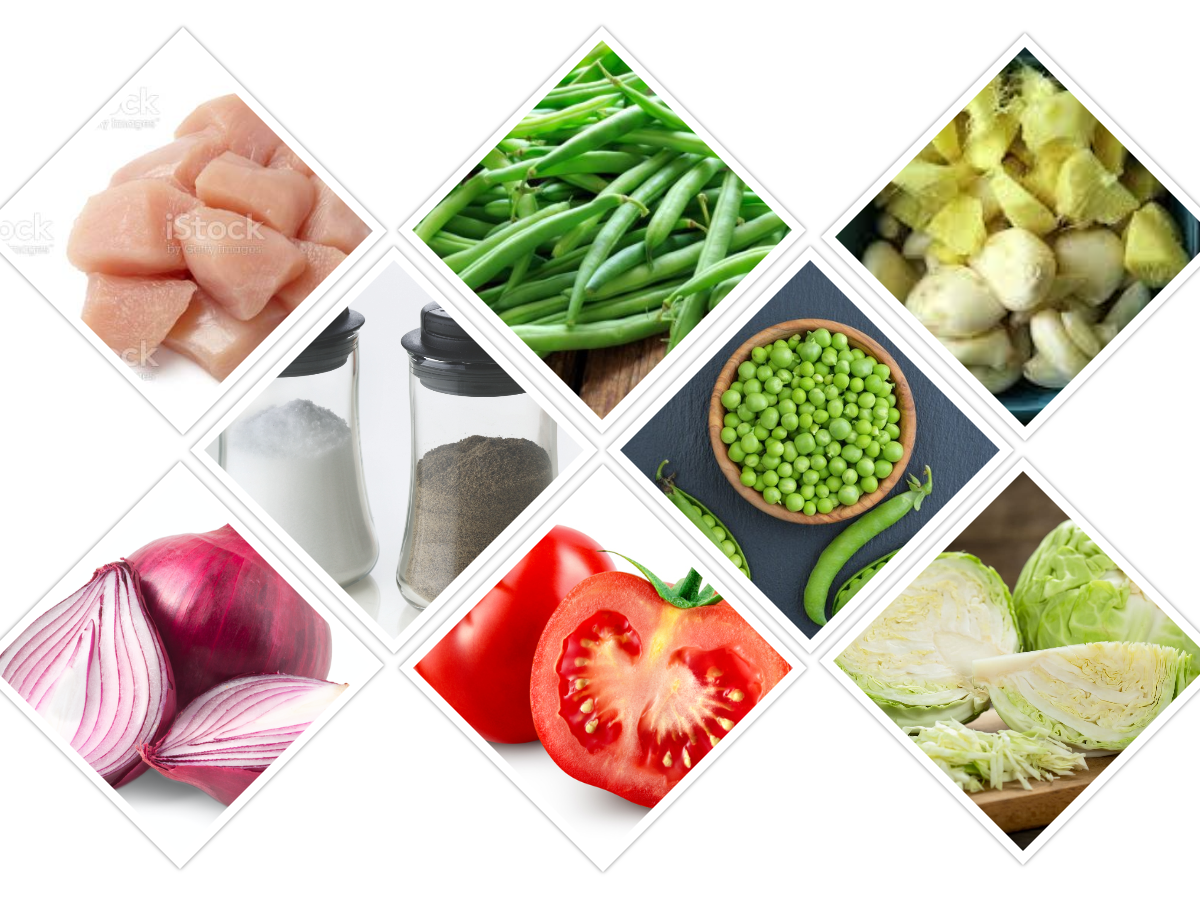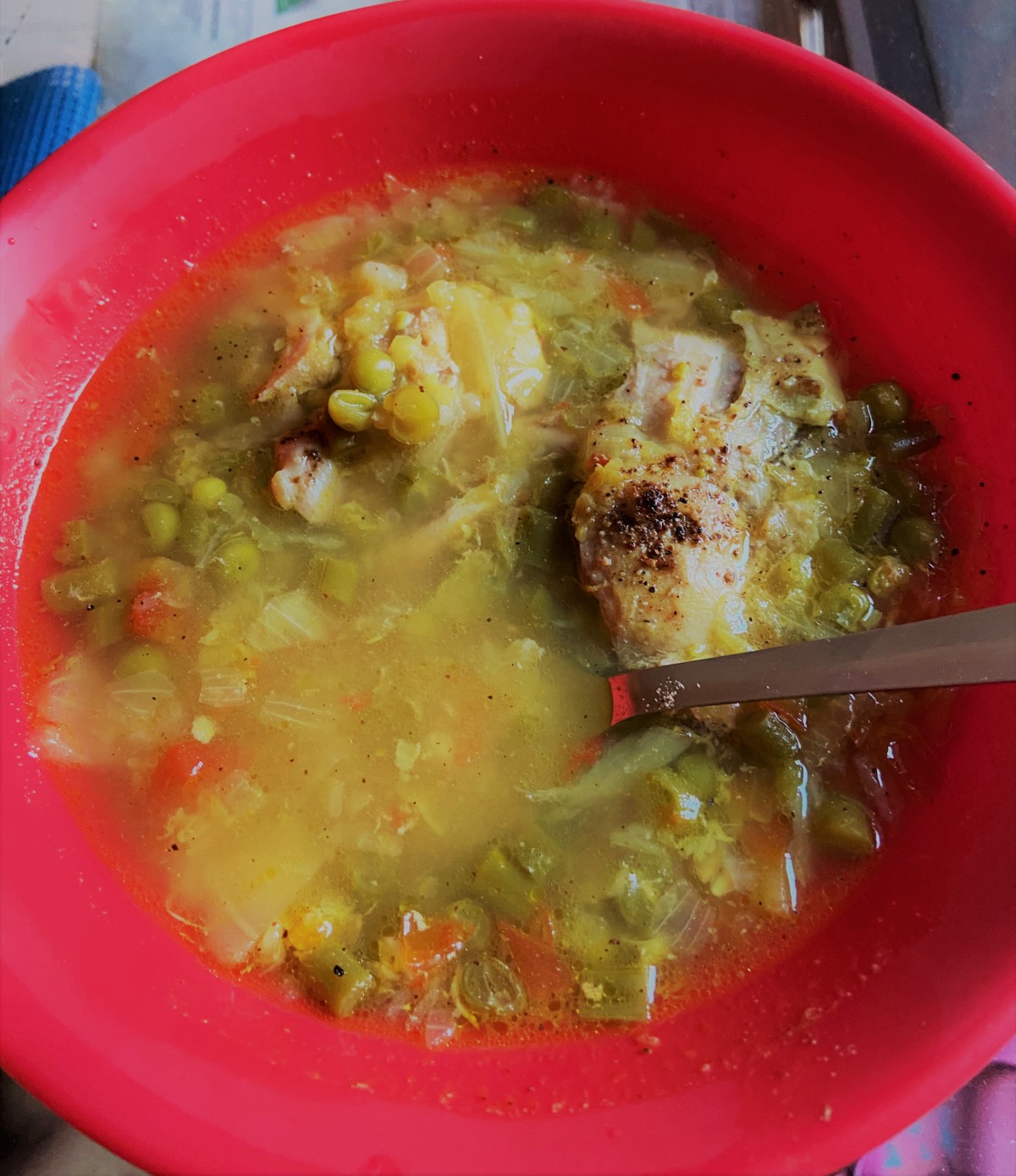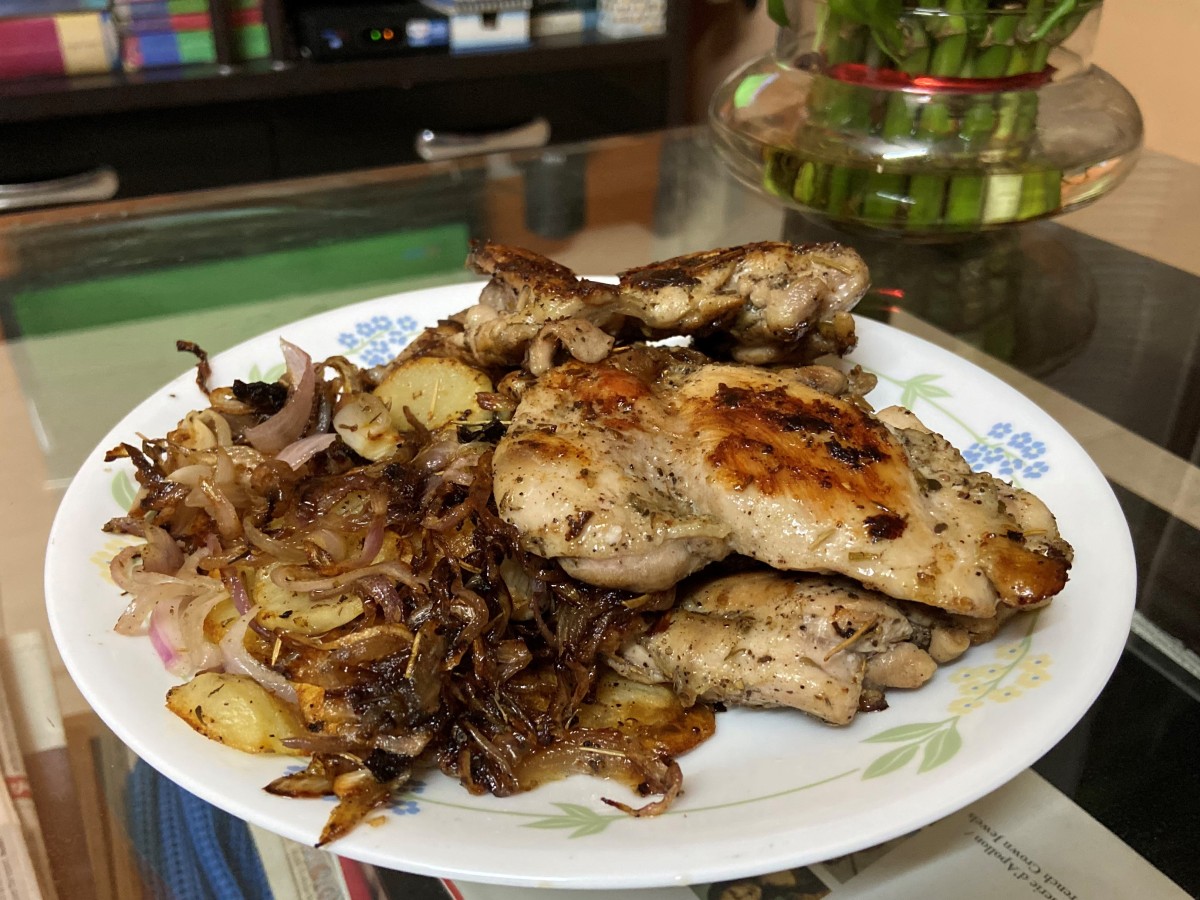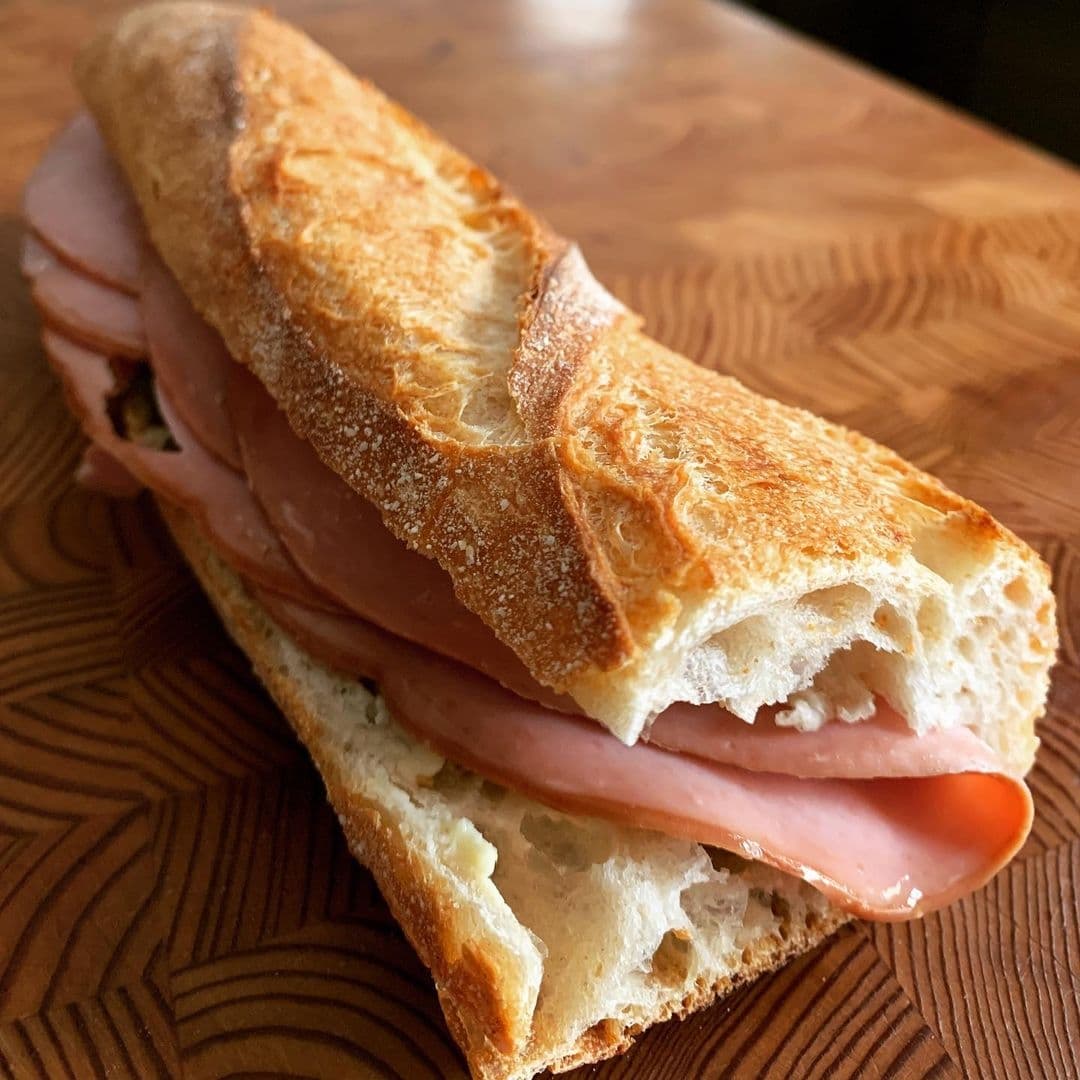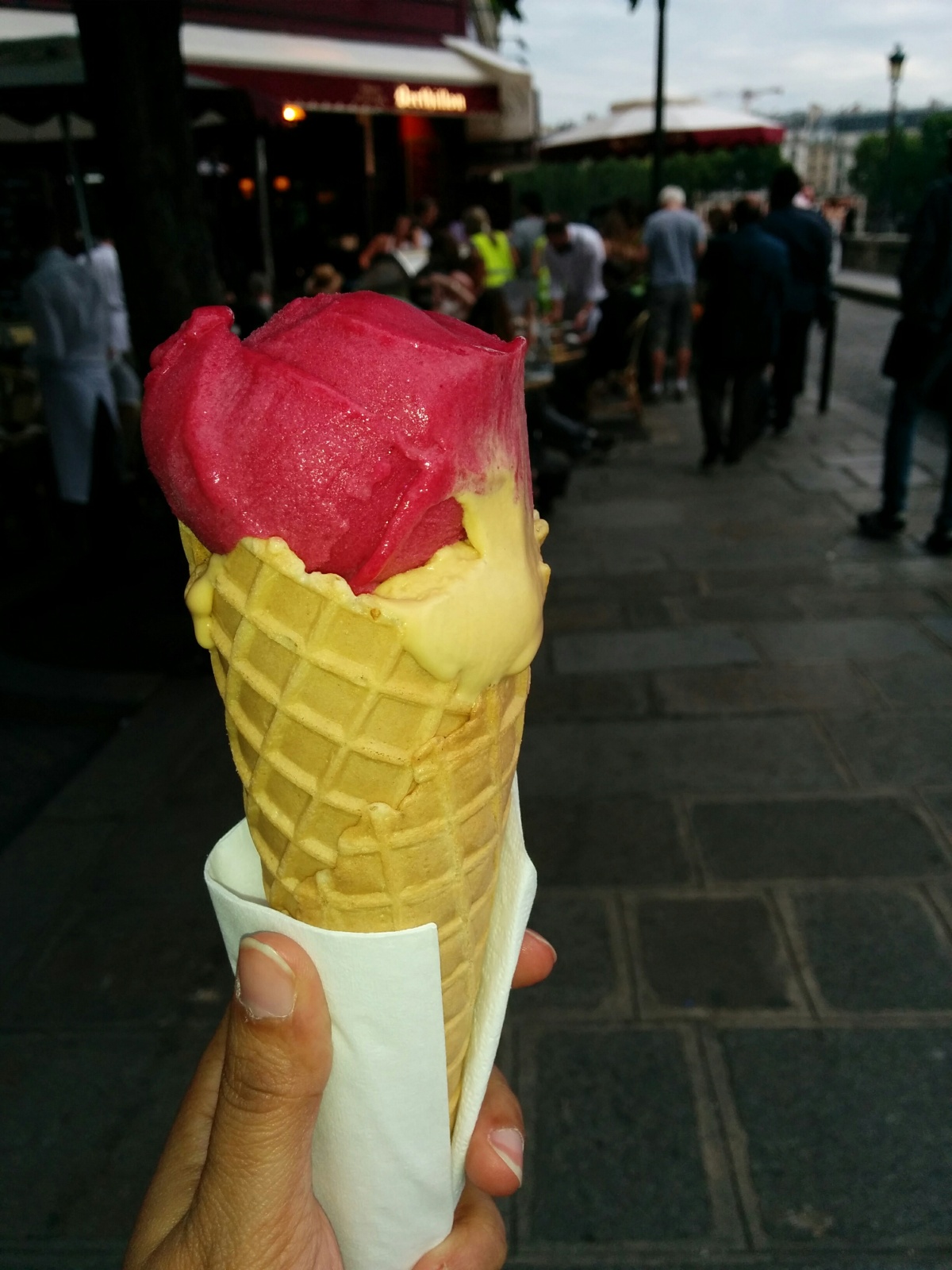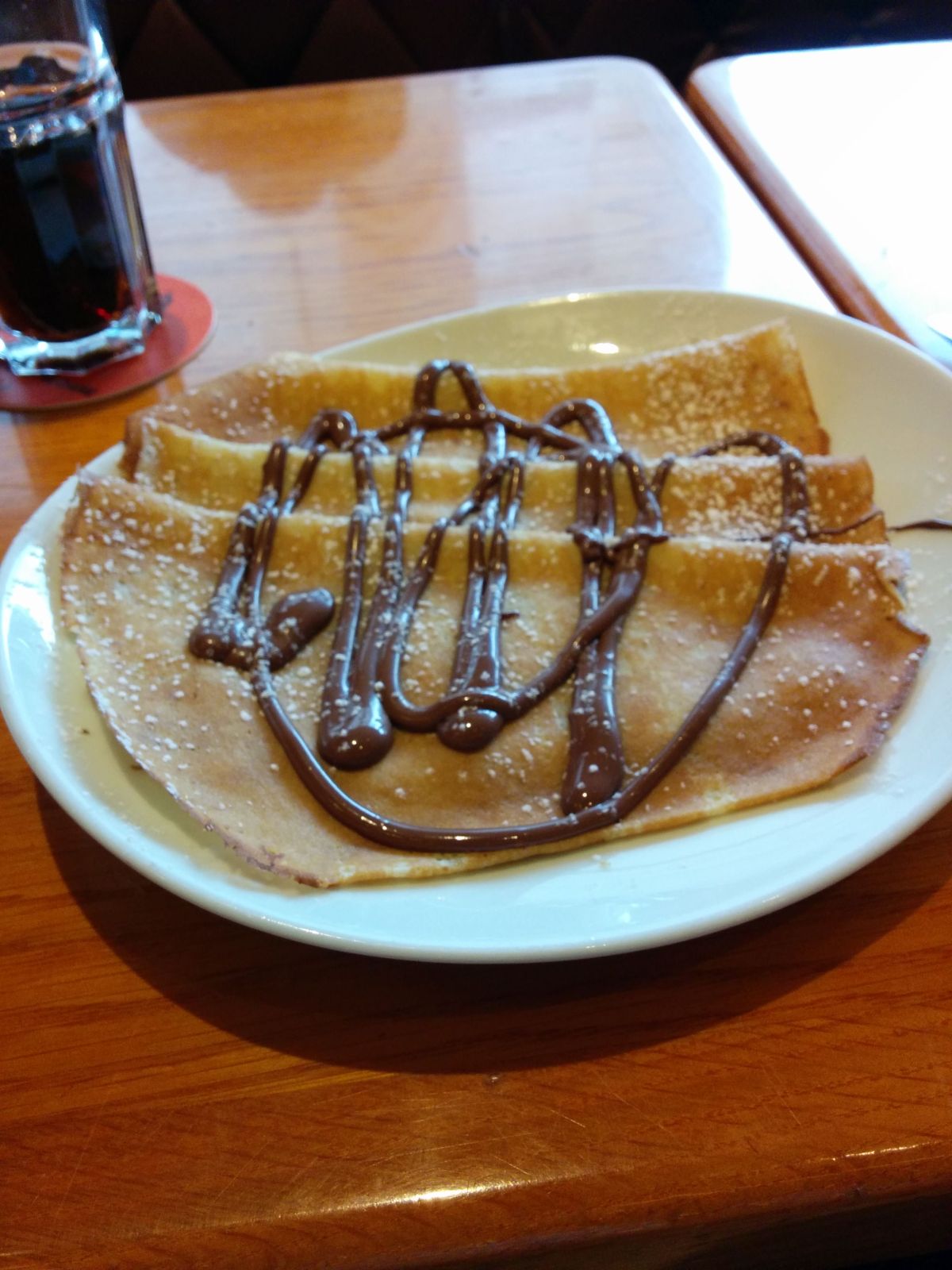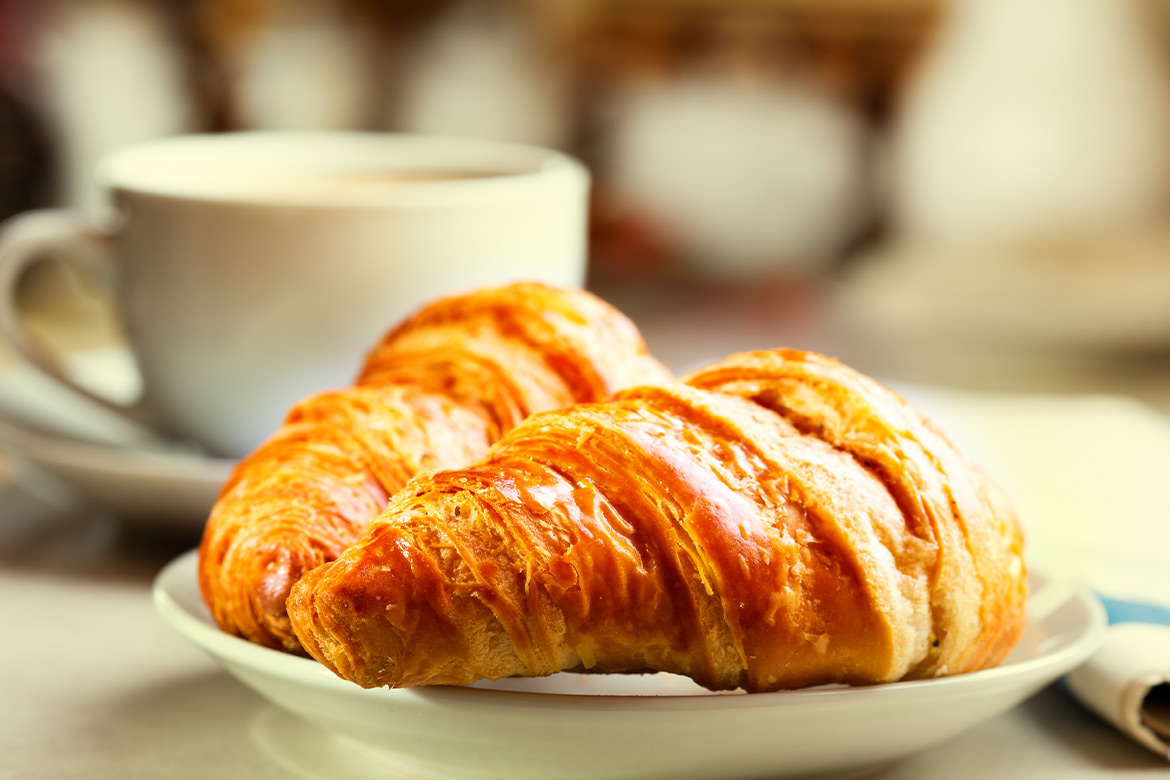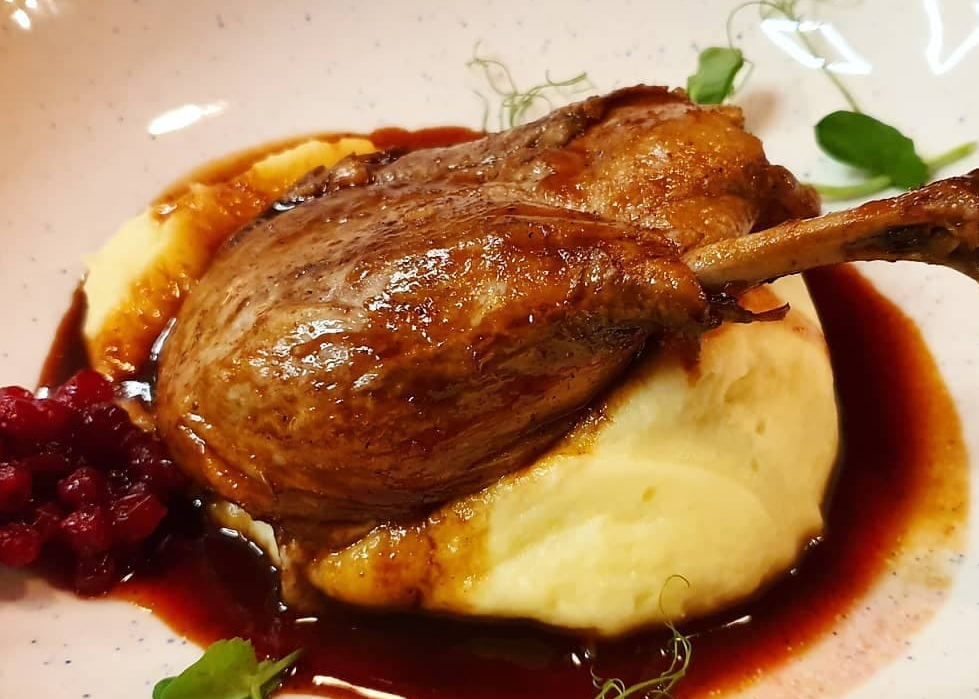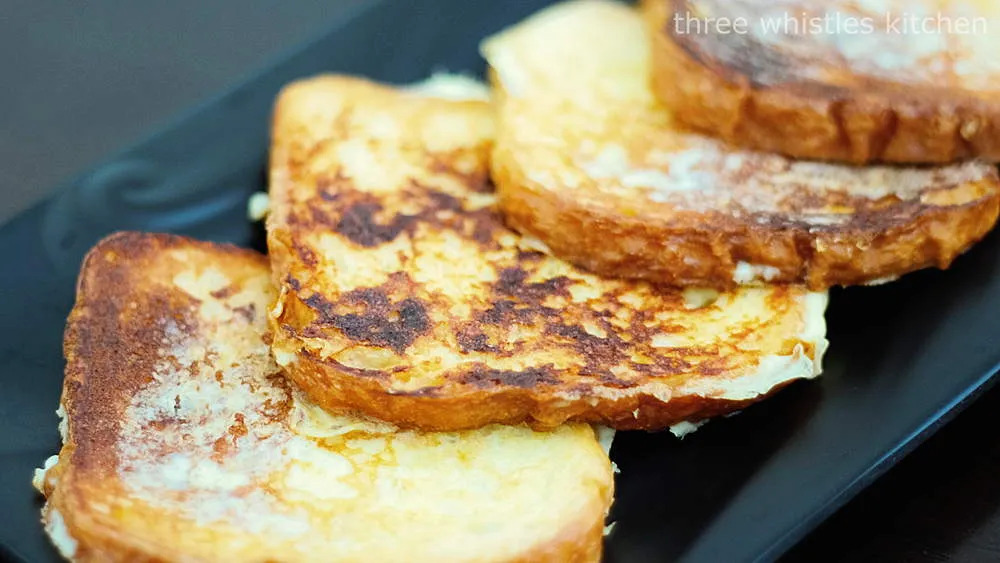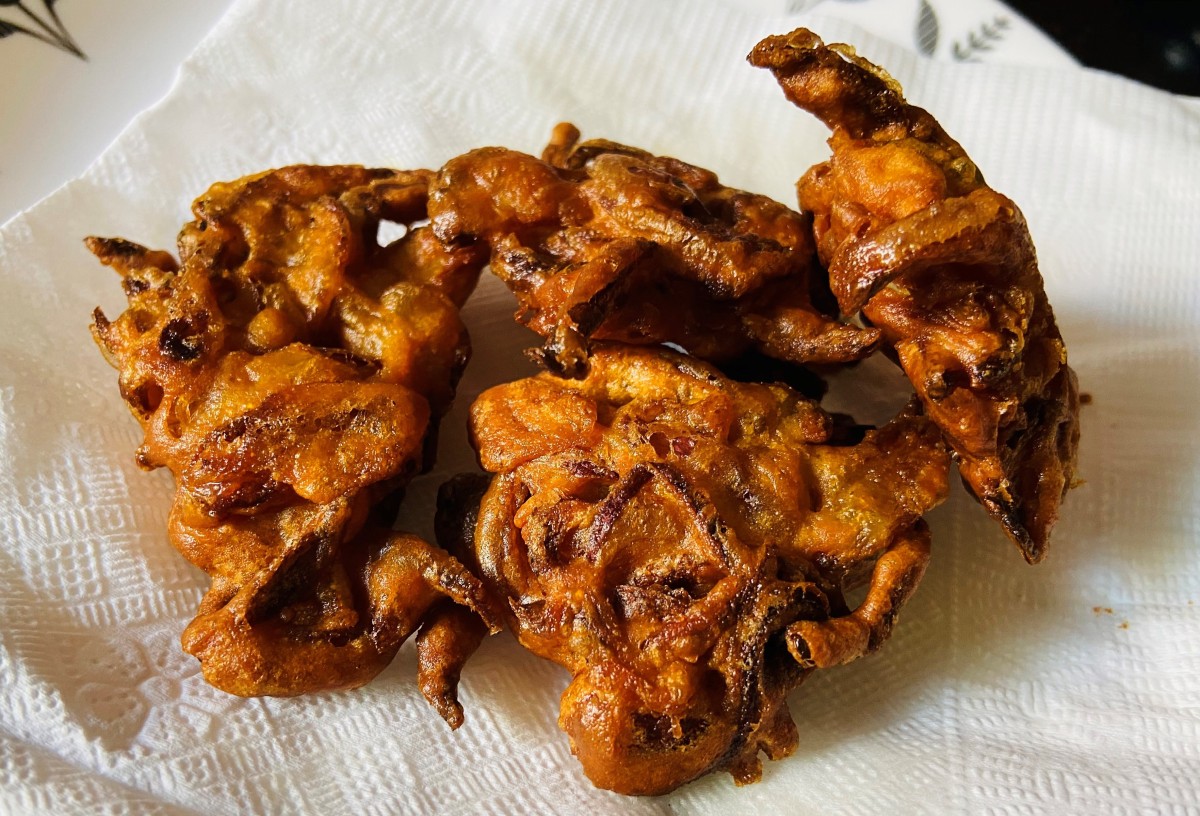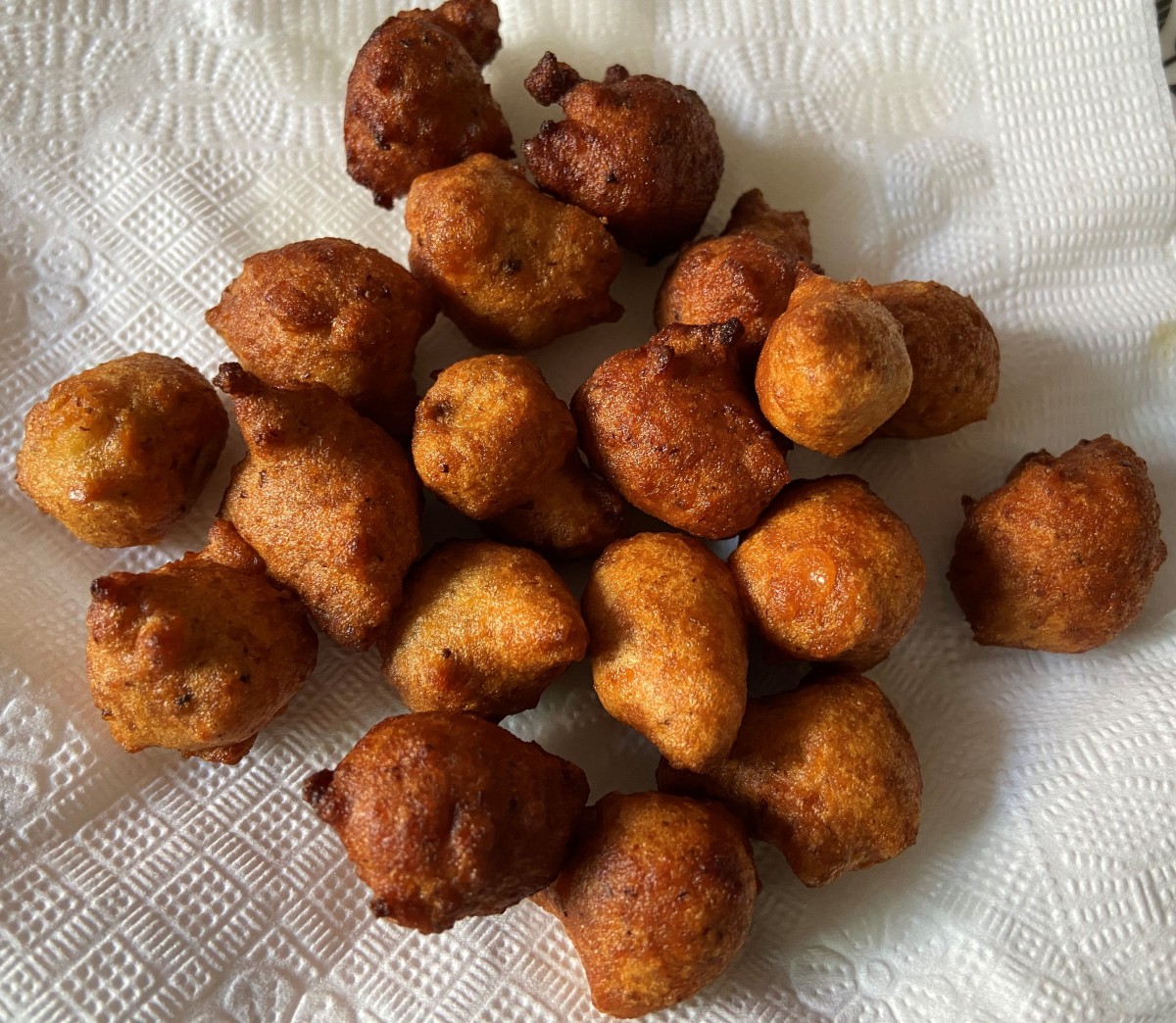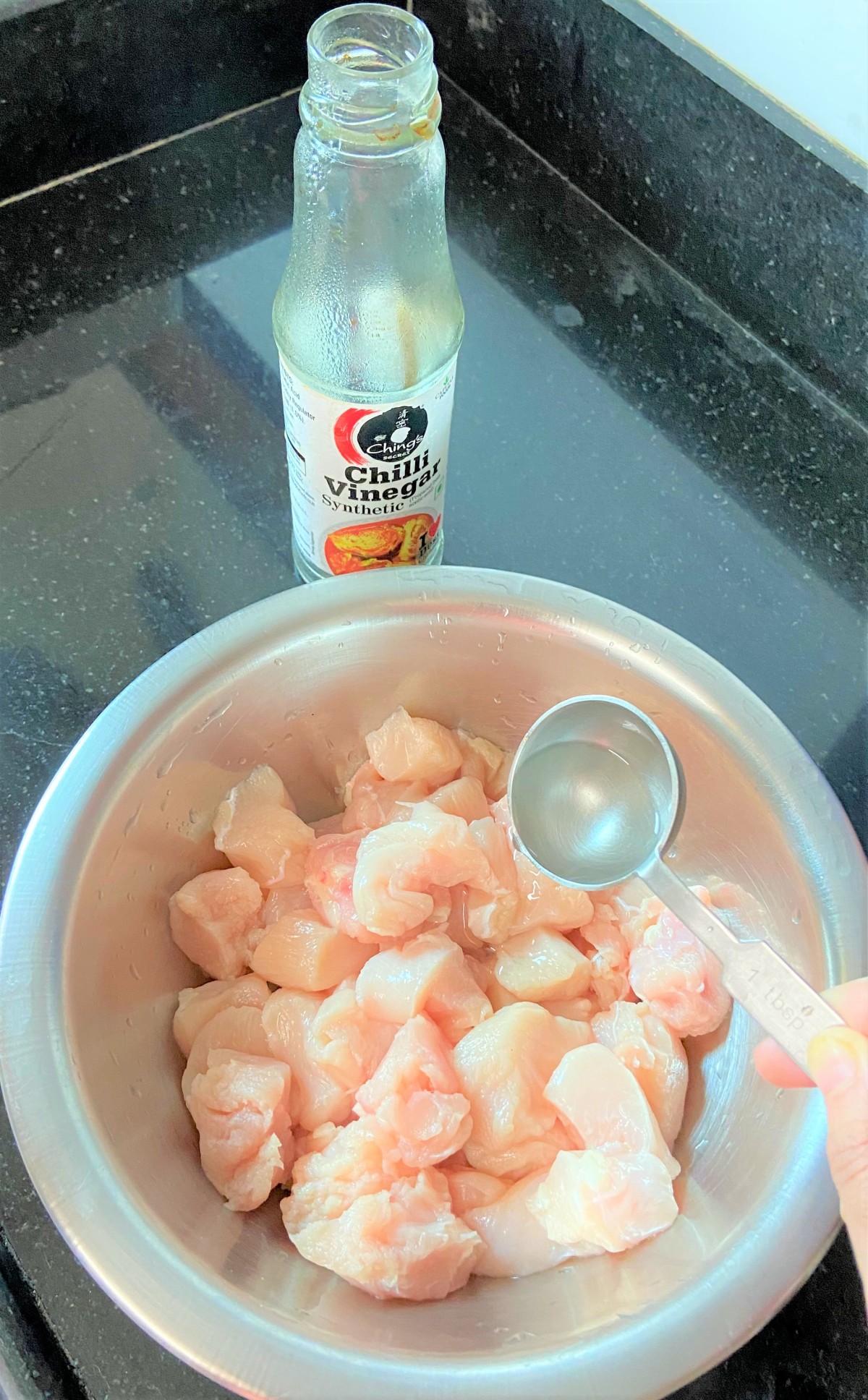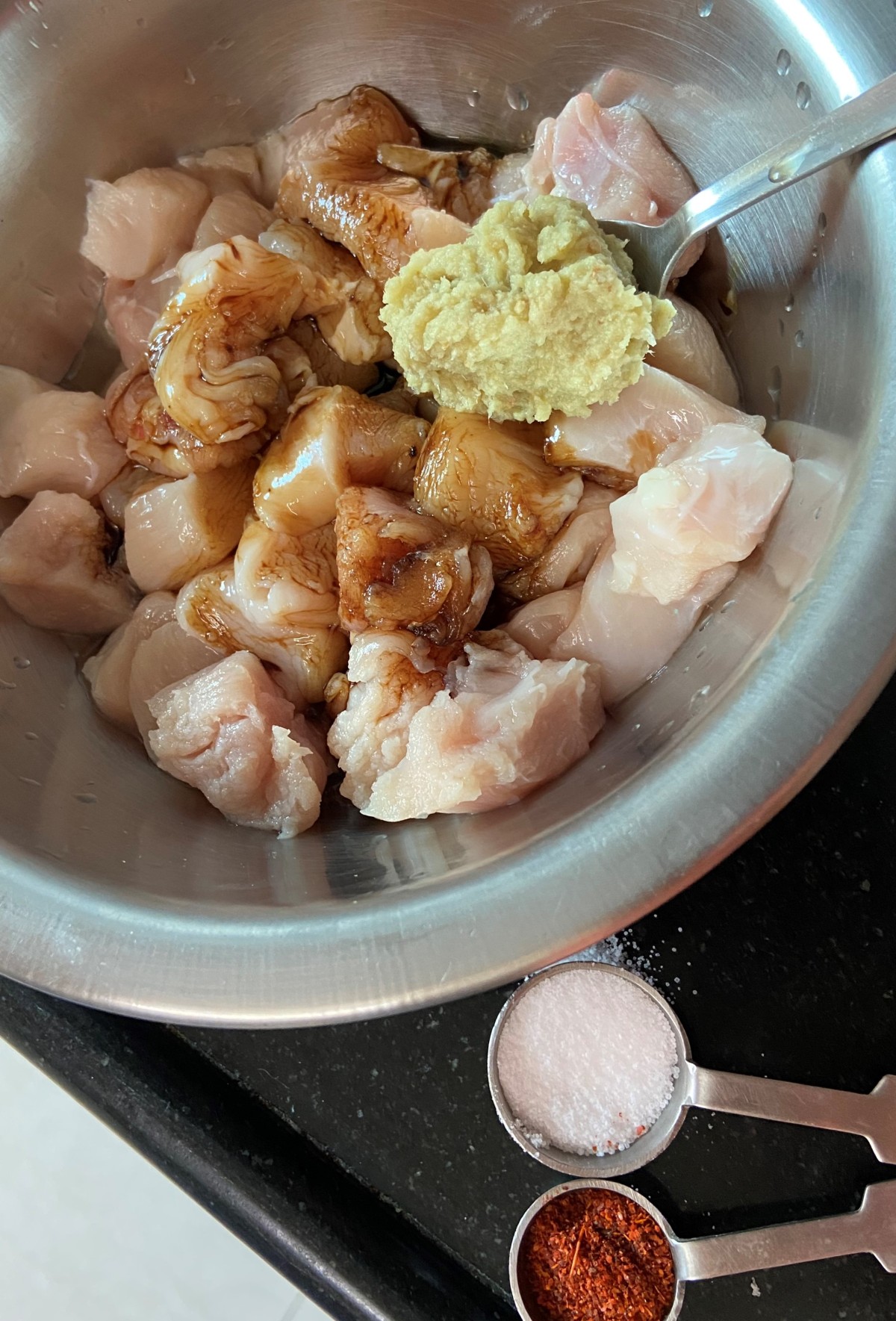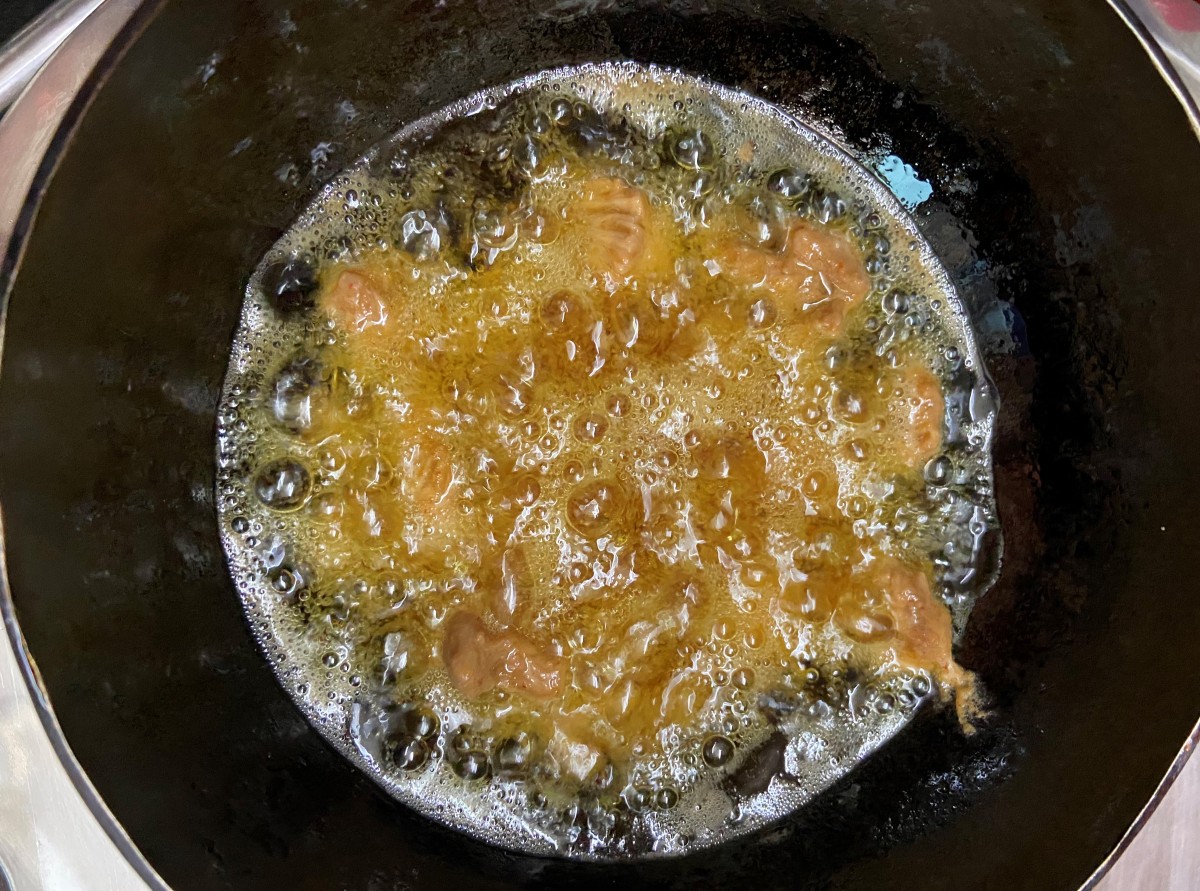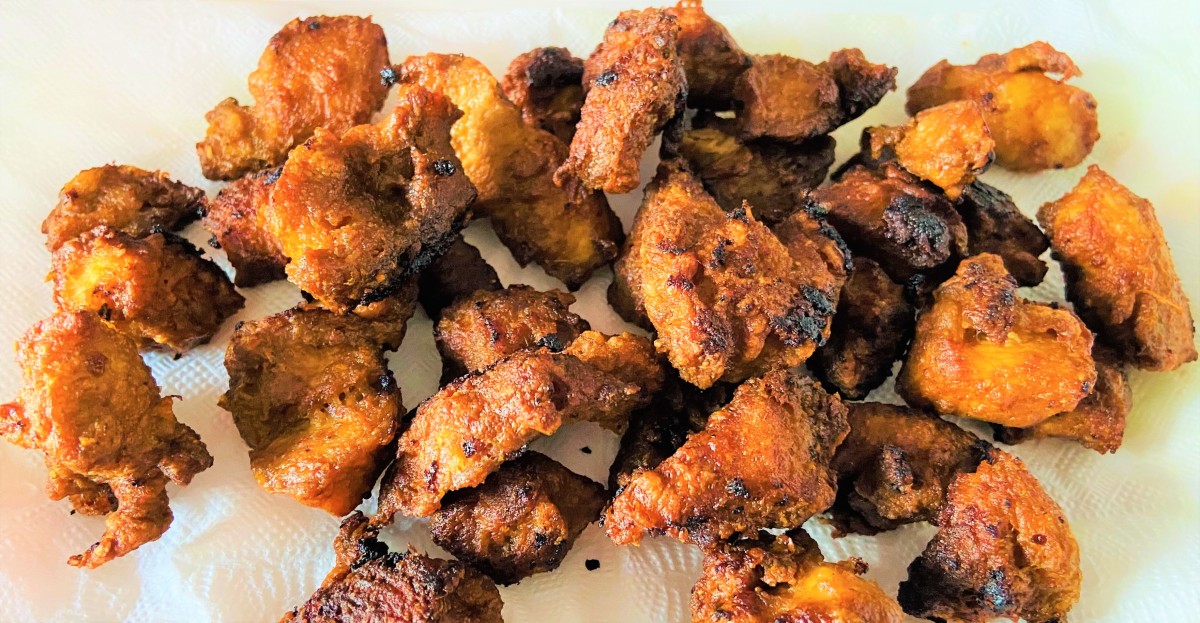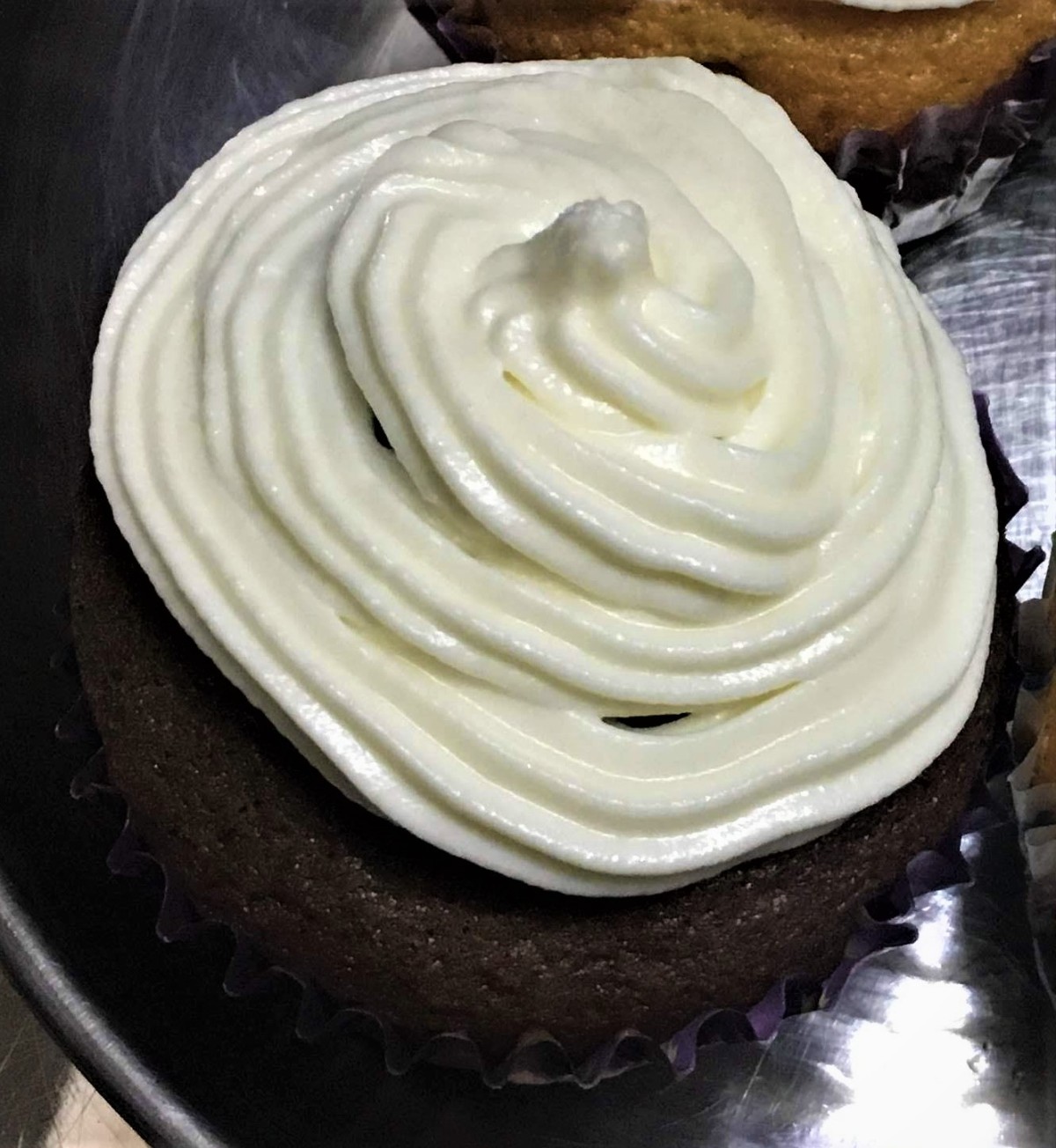L for Lamb Curry
Lamb is a luxury buy in my culture; that is to say it is only prepared on special occasions and any preparation of lamb is considered to be a delicacy.
The Indian Kitchen
We i.e. bengalis call it “mangsho” reverently. Elsewhere, its called “Gosht”. Whatever moniker it may don, there is no denying its fanciness. While different regions of India have their own ways of preparing their dish – some like it sweet, some hot, some spicy while some like it simple and mild. This one is just a basic version which is nevertheless the perfect marriage with a sweet yellow Pulao.
Ingredients:
Lamb / Mutton – 500gms. (medium pieces)
Potatoes (optional) – 2, small
Onions – 3, medium
Tomato – 2, medium
Ginger Garlic paste – 4 tbsp.
Turmeric – 2 tsp.
Red Chilli Powder – 2 tsp.
Garam Masala – 2 tsp.
Salt – to taste
Sugar – 1.5 tbsp.
Green chili (optional) – 2, chopped
Oil – 3 tbsp.
Water – 1 cup
Method:
- Marinade the mutton pieces with 2 tbsp. ginger garlic paste, 1 tsp. turmeric powder and salt for about 10-15 minutes.
- Slice the onions thinly and dice (medium) the potatoes. Cut up the tomatoes roughly and blend to a puree.
- In a pressure cooker, heat the oil.
- Add the sliced onions and fry until they are lightly golden brown.
- Add the tomato paste, remaining ginger garlic paste, chopped green chilli, remaining turmeric powder and red chilli powder.
- Cook until oil starts to release from the sides. Now add the mutton pieces and salt.
- Cook on medium flame, stirring regularly and mixing the masala well with the meat. Water will now be released from the meat.
- Once all the released water has dried up, lower the flame and cook for another 2-3 minutes.
- Now add potatoes, water, sugar and garam masala and cover and cook on pressure.
- Let it cook for 6-7 whistles on medium flame.
- Serve hot with rice or pulao!

This is a dish which will give you warm, fuzzy feelings and leave you replete and happy. Try it out and let me know how it turns out.
This post was written for Blogchatter A2Z challenge; Day 12 – Letter “L”.





